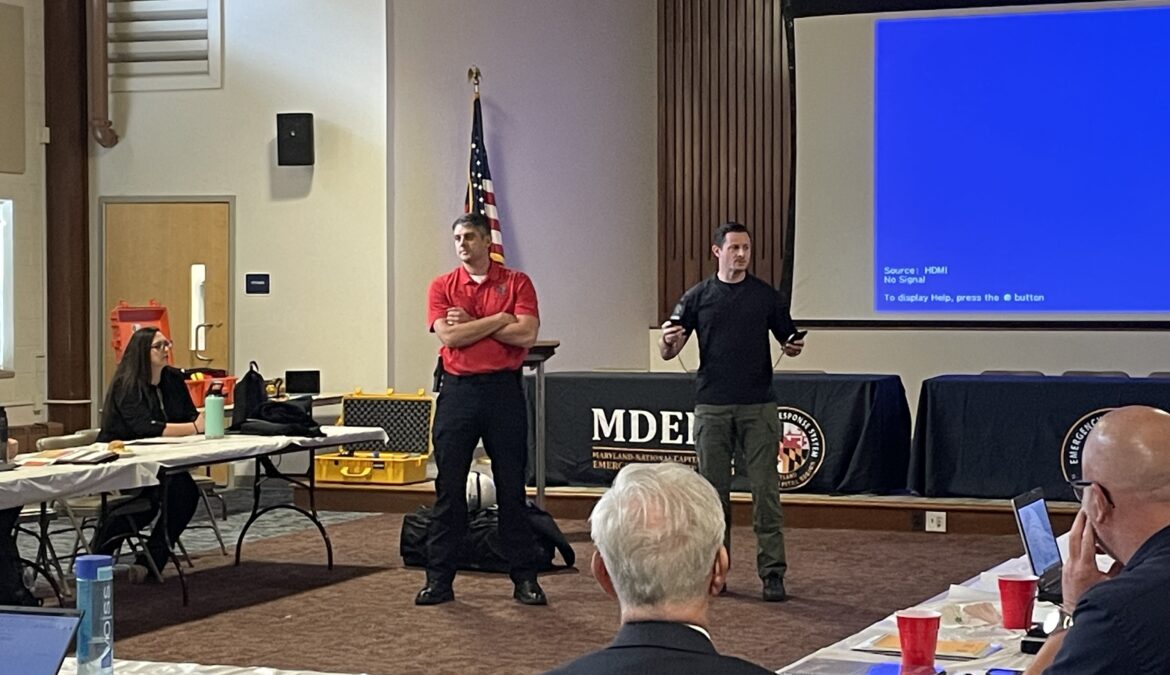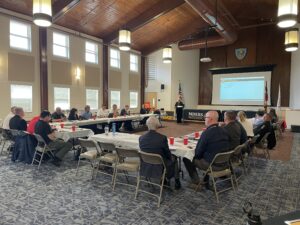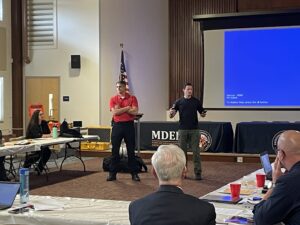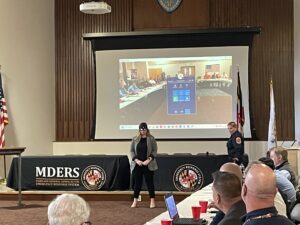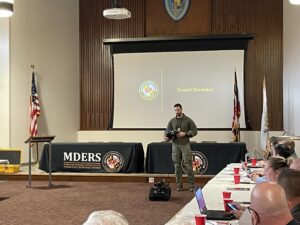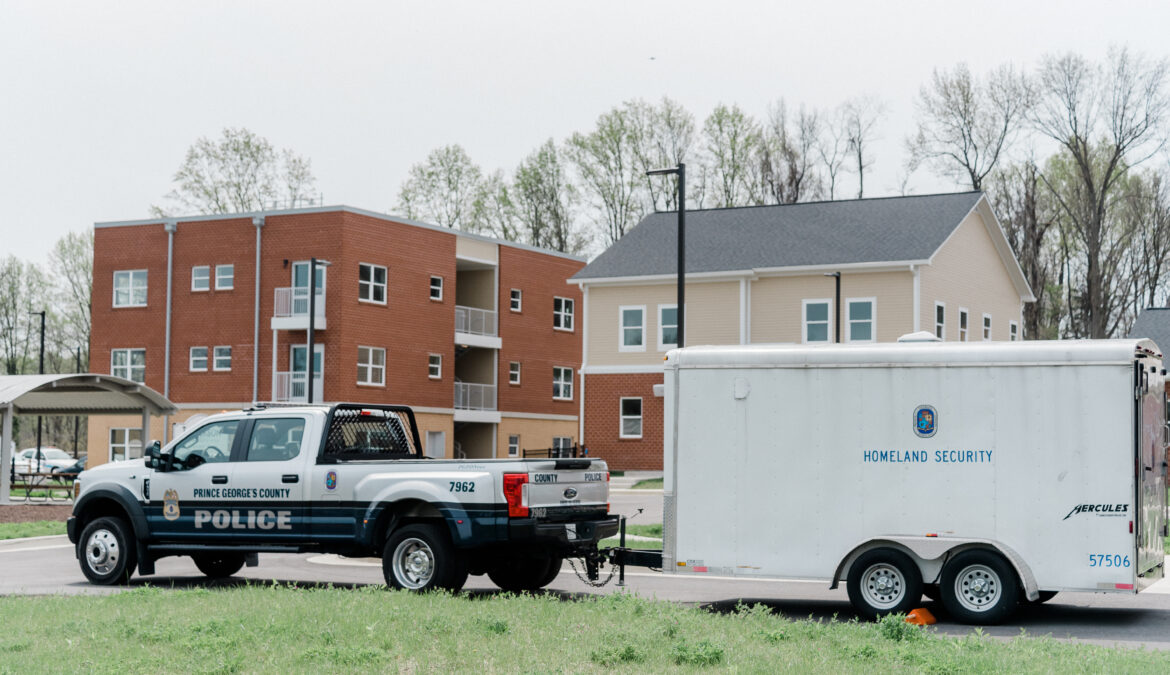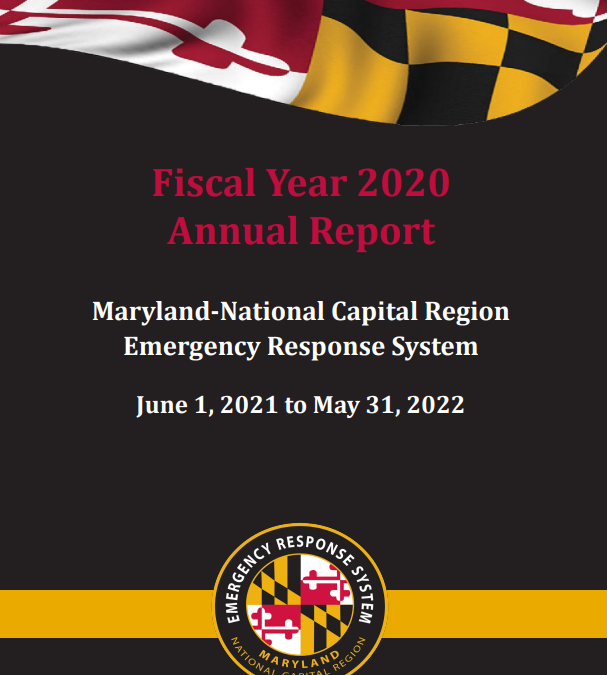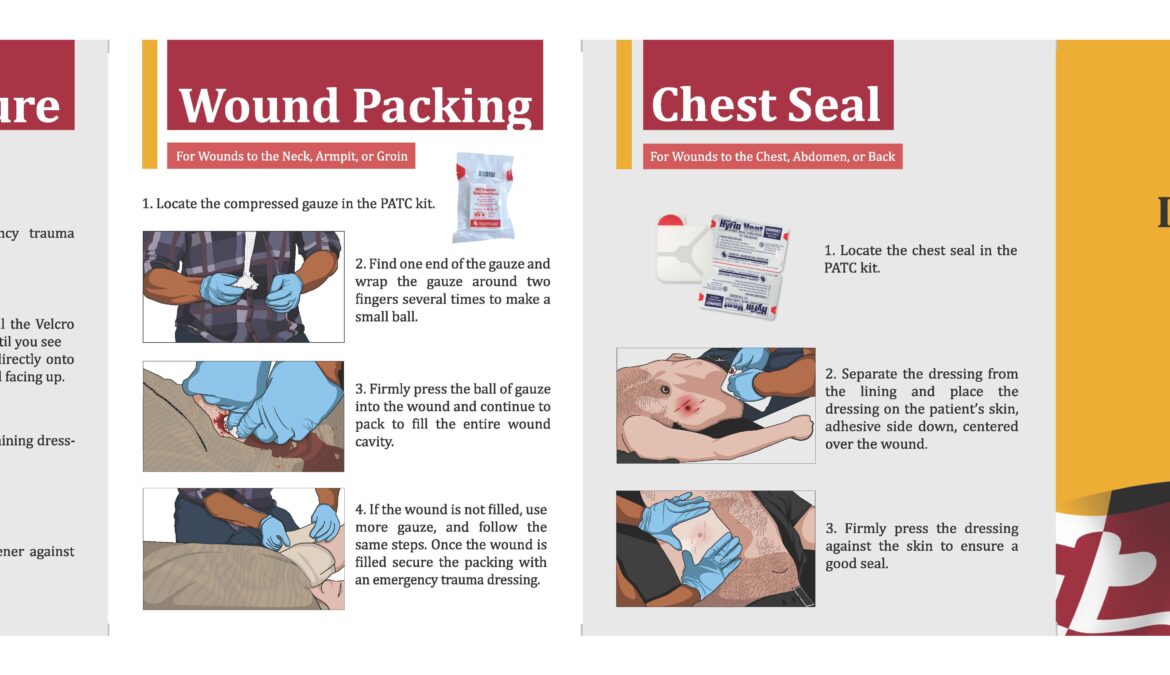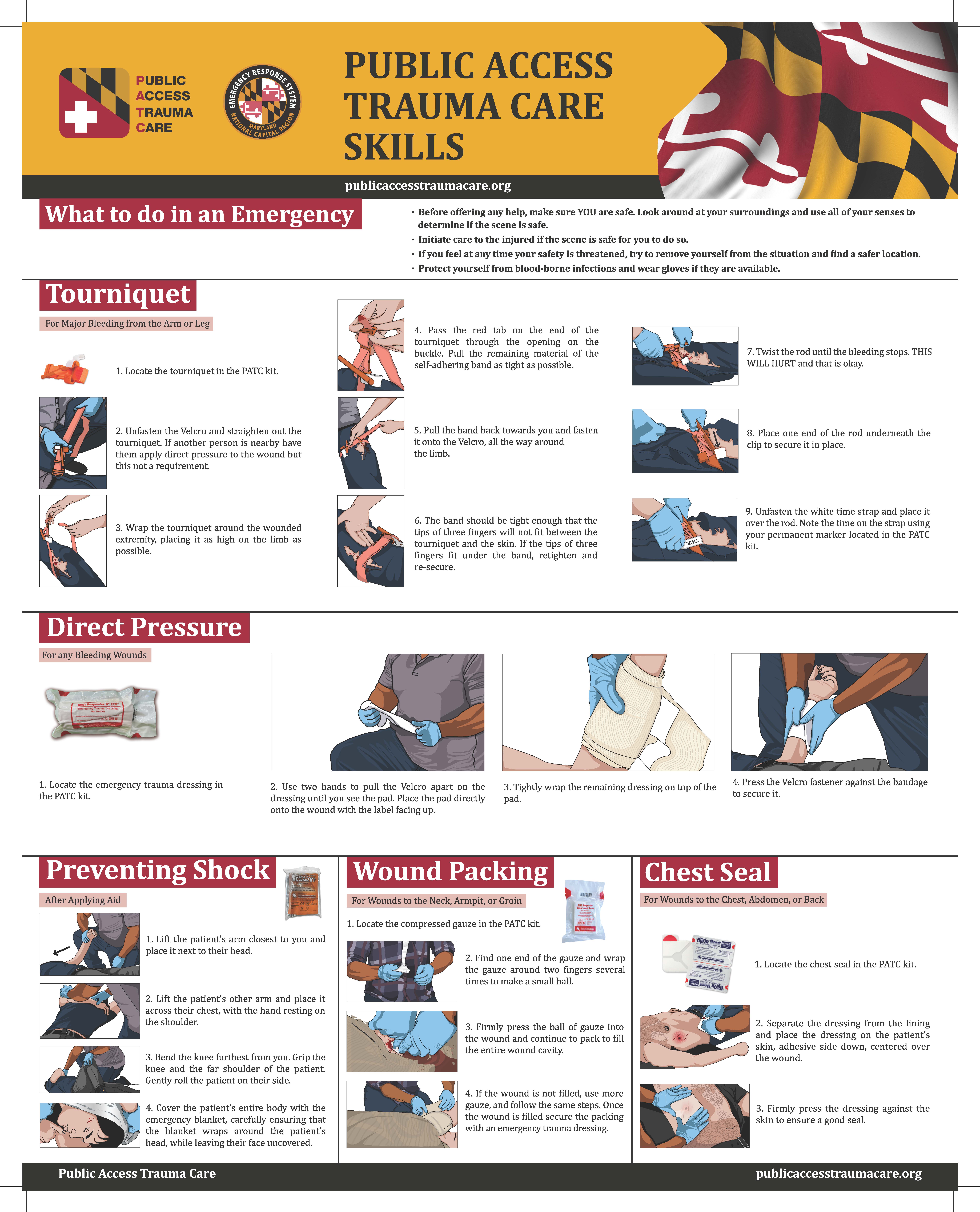Building on the success of our presentations at the Maryland Emergency Management Association (MDEMA) Symposium earlier this year, the Maryland-National Capital Region Emergency Response System (MDERS) continued to showcase our stakeholder’s cutting-edge initiatives on a national stage. Last month, MDERS and the Montgomery County Police Department (MCPD) had the privilege of presenting at the National Homeland Security Conference (NHSC) in Miami, Florida, one of the most significant gatherings of homeland security professionals in the country.
The NHSC brings together professionals from various sectors, including homeland security, law enforcement, fire, and emergency management. Participants range from federal agency officials and nonprofit representatives to business owners, academic leaders, and key decision-makers. This conference serves as a crucial platform for sharing insights into emerging trends and technologies in the field of homeland security.
At this year’s conference, MDERS and MCPD proudly presented within the Emerging Technologies track, focusing on integrating drones into emergency response operations. Our presentation, which built upon the foundation laid at the MDEMA Symposium, emphasized the innovative ways drones are utilized to enhance situational awareness, improve decision-making, and, ultimately, save lives during critical incidents.

“Presenting at the National Homeland Security Conference was an exceptional experience,” said Hannah Thomas, Deputy Director of Operational Support. “We had the opportunity to engage with sUAS operators from across the country, exchanging knowledge and best practices. The connections we made are truly invaluable resources.”
The presentation resonated with a broader and more diverse audience, sparking meaningful discussions on the future of drone technology in emergency management and the wider field of public safety. Attendees were particularly interested in the practical applications of drones for real-time incident assessment, search and rescue operations, and support during large-scale emergencies. The session highlighted how drones can be integrated into existing emergency response frameworks, demonstrating their potential to transform traditional approaches to public safety.
Participating at the NHSC was an invaluable experience, allowing MDERS and MCPD to contribute to the national conversation on emerging technologies in homeland security. MDERS looks forward to continuing our work in this area, exploring new ways to leverage technology for the safety and security of our communities.






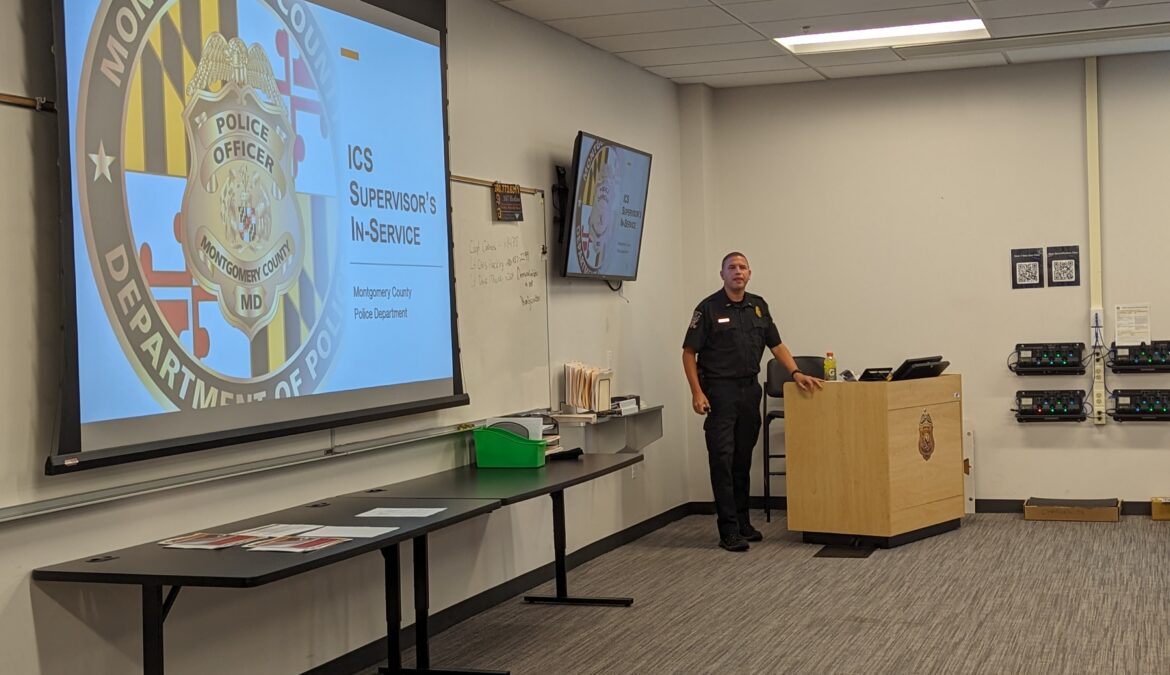
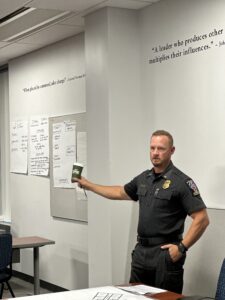
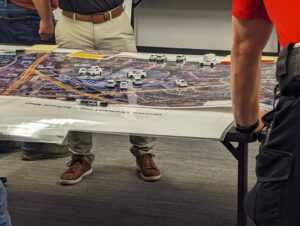

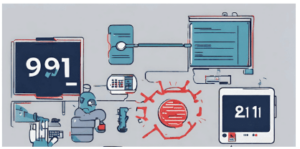
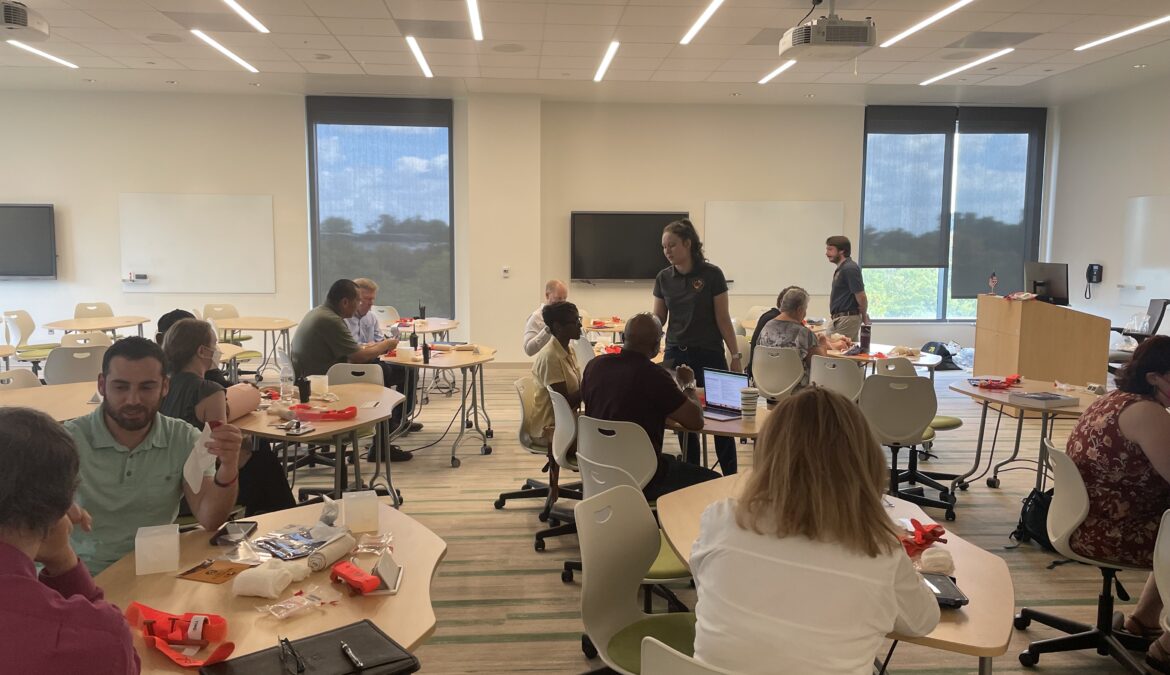
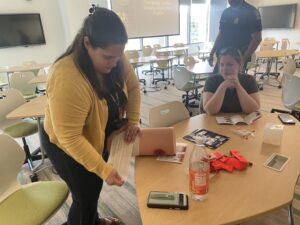 The course then transitioned to basic medical education. Participants were taught about indicators of severe blood loss and the ramifications of major, life-threatening bleeding. Potential signs of life-threatening bleeding include but are not limited to blood spurting from the wound, blood pooling on the ground, and clothes soaked with blood. A victim exhibiting any of these symptoms needs immediate medical care.
The course then transitioned to basic medical education. Participants were taught about indicators of severe blood loss and the ramifications of major, life-threatening bleeding. Potential signs of life-threatening bleeding include but are not limited to blood spurting from the wound, blood pooling on the ground, and clothes soaked with blood. A victim exhibiting any of these symptoms needs immediate medical care.